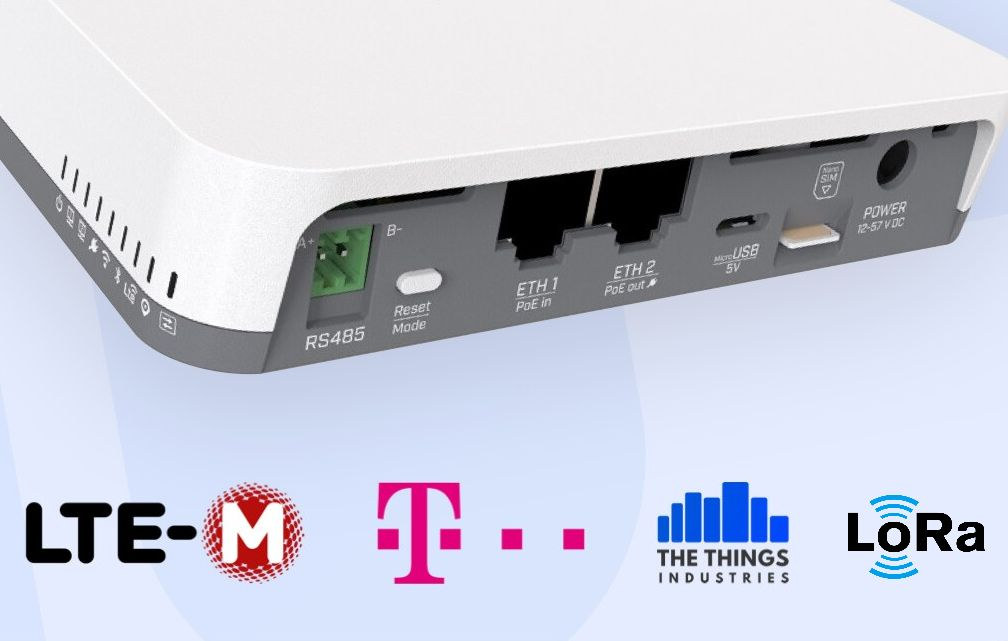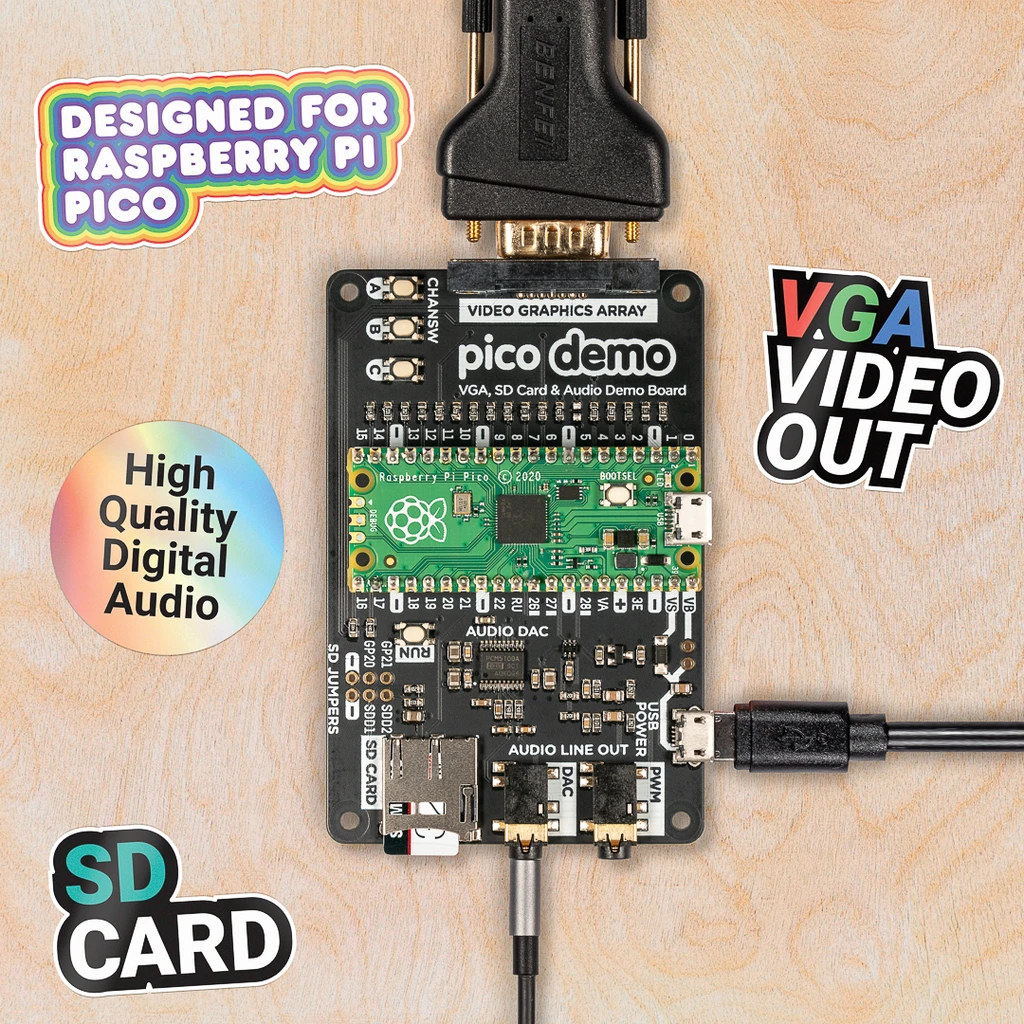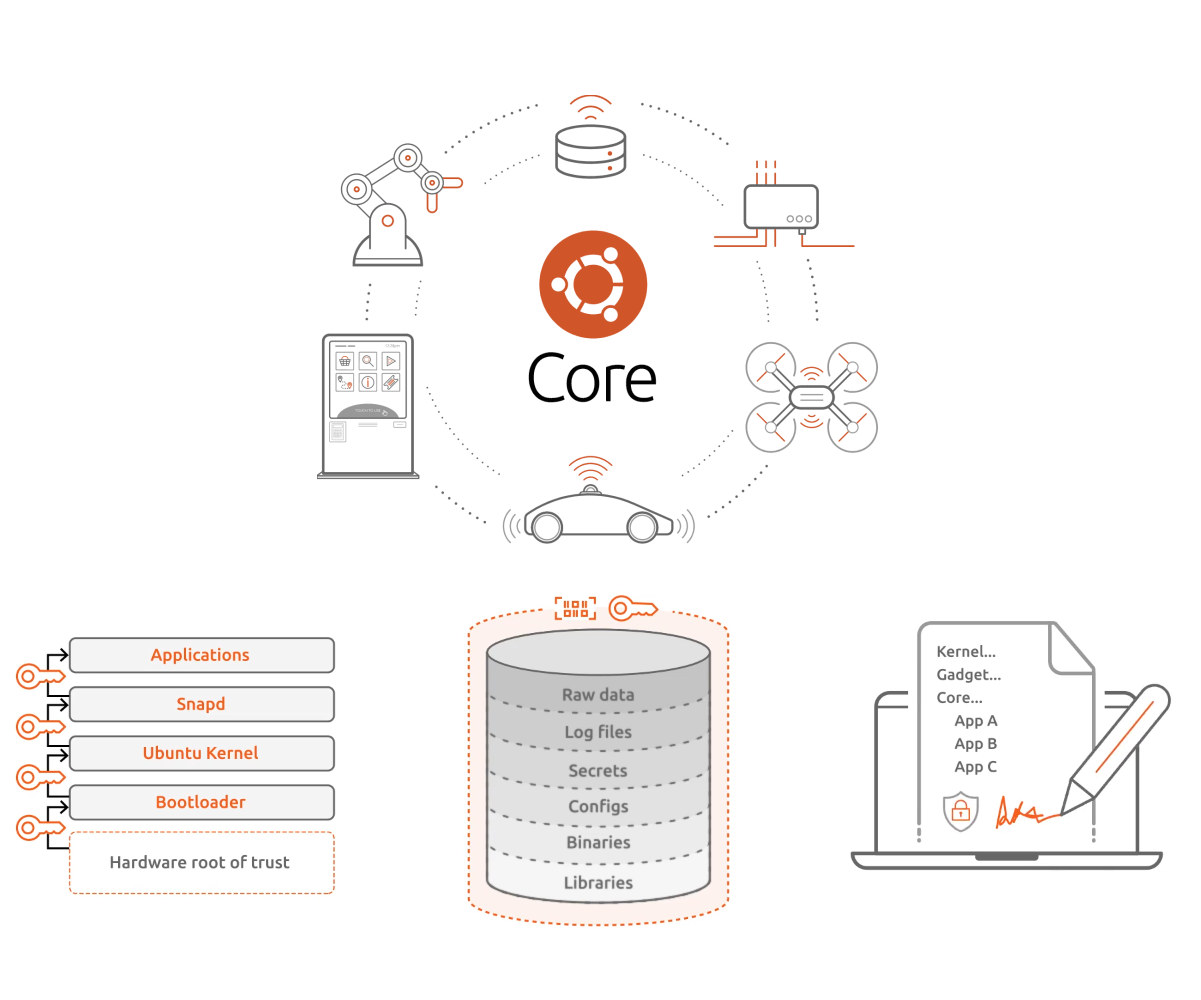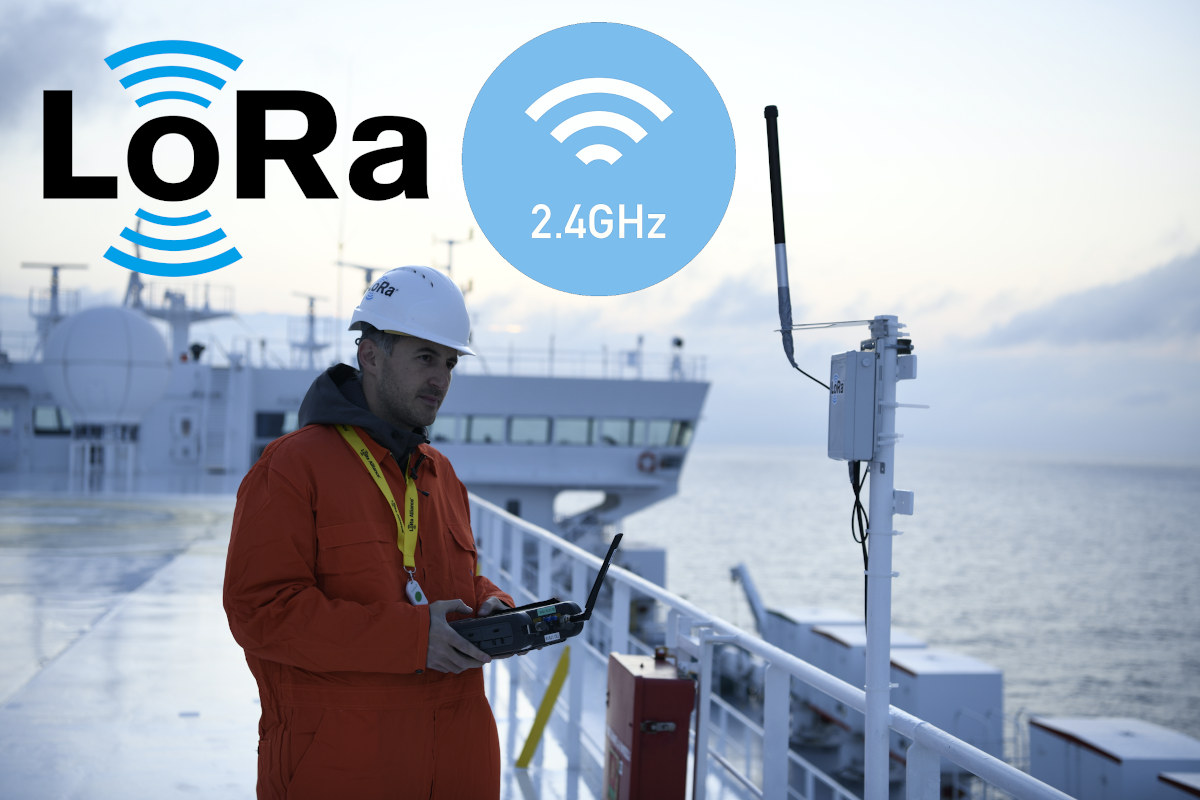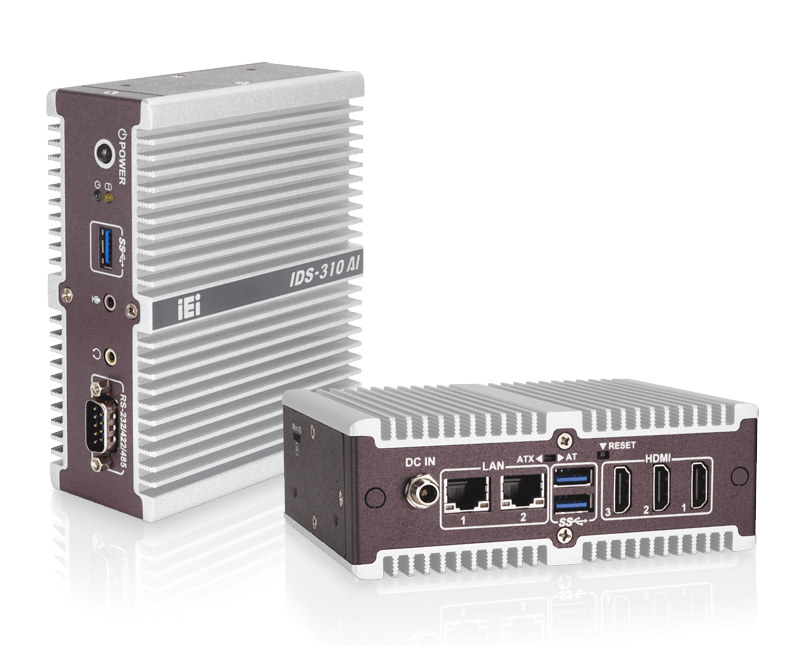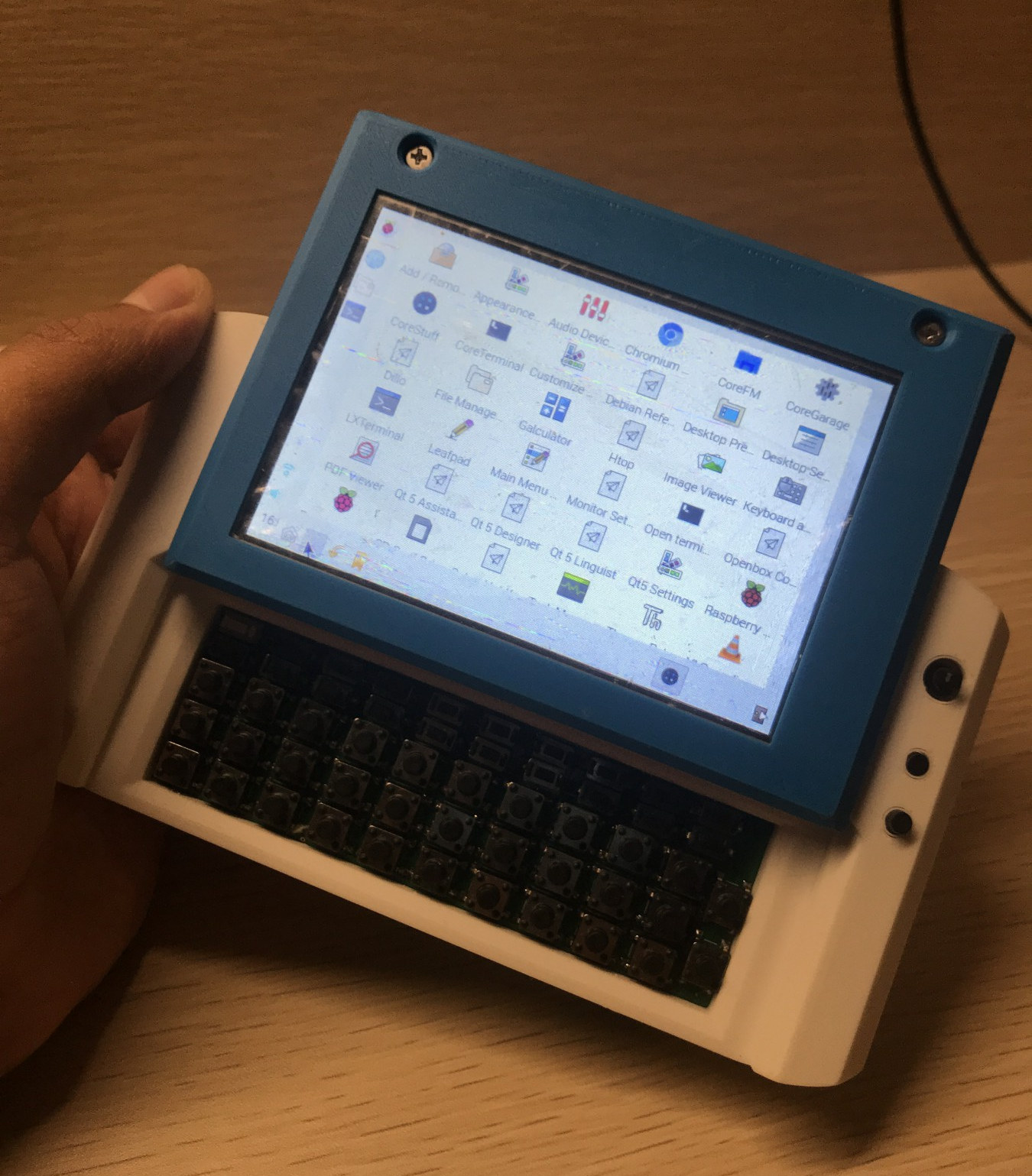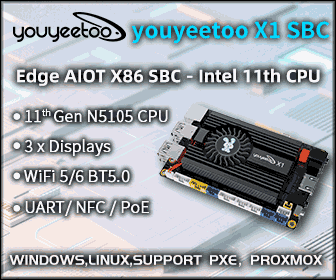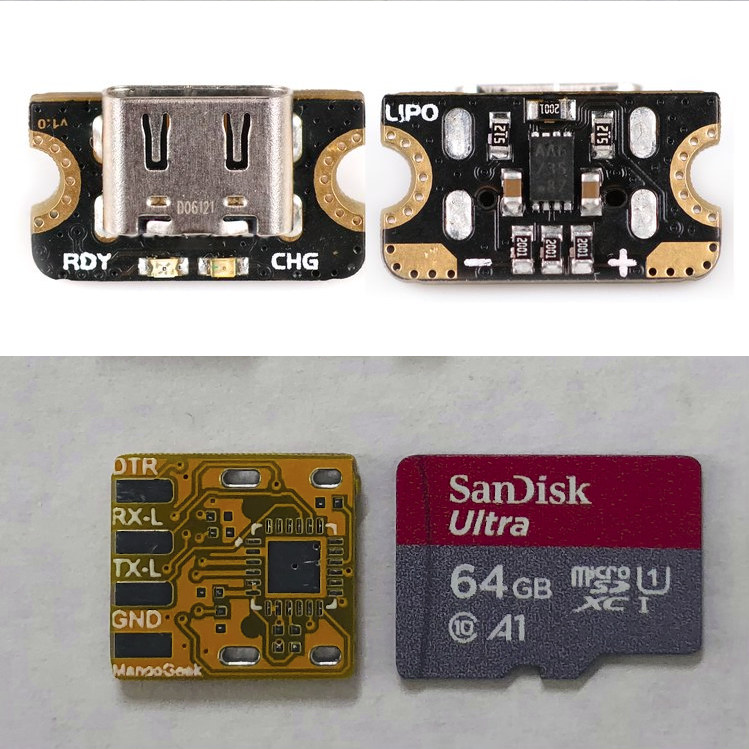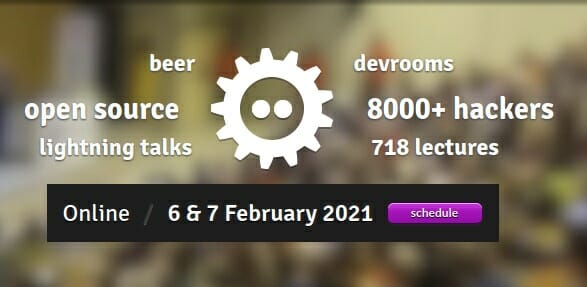I’d normally view LoRaWAN and LTE IoT standards such as NB-IoT or LTE Cat-M (aka LTE-M or eMTC) as competitors, but The Things Industries and Deutsche Telekom partnered to launch an IoT gateway with both LTE-M and LoRaWAN capabilities together with associated services. We do not have much information about the hardware, but it is a LoRaWAN gateway designed by MikroTik that connects to an LTE-M backhaul and to The Things Industries’ device and data platform. If the picture above does indeed represent the actual gateway it should also be equipped with two PoE capable Ethernet ports, and an RS485 terminal block, plus a USB port and a SIM card slot. The solution would mostly be used for smart buildings at first taking advantage of the superior signal penetration of LTE-M. Sensors would send data to the LoRaWAN gateway which then, would forward it to the cloud over LTE-M. This […]
Open hardware Raspberry Pi Pico VGA, SD Card, and Audio demo board to support QVGA video playback
Abhishek recently posted an overview of Raspberry Pi RP2040’s two PIO blocks with examples in C and Micropython using some PIO assembler code. He used some basic examples like blinking an LED, but the Raspberry Pi Foundation also mentioned the programmable IO could be used to drive a VGA display, read and write data from a MicroSD card at reasonable speeds, and so on. However, the Raspberry Pi Pico does not have any of those interfaces, and it would be nice to have a board that does. It turns out there’s such a board in “Chapter 3. The VGA, SD Card & Audio Demo board for Raspberry Pi Pico” of “Hardware Design with RP2040.pdf” document. It will be sold as the “Pimoroni Pico VGA Demo Base” board for 19.50 GBP inc. VAT (about $22 US ex. VAT), but since the KiCad hardware files are open-source, I’d assume other companies may […]
Ubuntu Core 20 released for secure Linux IoT devices and embedded systems
Canonical has just released Ubuntu Core 20, a minimal, containerized version of Ubuntu 20.04 LTS for IoT devices and embedded systems. The company highlights several security improvements and features of the new version of the Linux-based operating system with secure boot, full disk encryption, secure device recovery, and secure containers. Ubuntu Core 20 is said to come with all benefits from Ubuntu 20.04 LTS such as regular, automated updates, the ability to manage custom app stores, and offers a longer 10-year support window. Ubuntu Core is available and certified on popular32-bit and 64-bit x86 and Arm single board computers such as Intel NUC or Raspberry Pi 4. Minimum requirements include a single-core processor @ 500 MHz, 256MB RAM, and 512MB storage. Alternatively, it’s also possible to run it in a virtual machine on your PC. Security is further enhanced with apps running in containers, and since only the necessary software […]
LoRa 2.4GHz is now supported by The Things Network
Semtech brought LoRa to 2.4 GHz through their SX1280 & SX1281 transceivers to enable hardware manufacturers to design region-independent products, rather than region-specific products in the 433, 868, and 915 MHz bands a few years back. Things Industries announced support for LoRa 2.4GHz in The Things Network community network and its open-source stack at The Things Conference 2021 last week. However, switching to 2.4 GHz has a cost since range, one of the key selling points of LoRa, will be reduced compared to sub-GHz frequency, and that makes it most suitable for applications that work in different regions such as maritime and intercontinental logistics applications. Wilhelmsen has partnered with The Things Industries (TTI) and selected Semtech’s LoRa devices as the foundation for its new global 2.4GHz maritime IoT of the Seas platform to deliver an ecosystem of cost-effective, robust and proven IoT solutions and make them available to its diverse […]
AI digital signage system combines Apollo Lake SoC with Myriad X AI accelerators
Digital signage players were traditionally used to display photos and text, play some videos, or PowerPoint presentations. But like with so many other devices, they can also be enhanced with artificial intelligence with, for instance, facial recognition enabling more personalized information, weather detection showing targeted advertisement (umbrella when it rains, sunglasses on sunny days…), and other data collection. IEI IDS-310AI fanless AI digital signage system can enable these types of features thanks to an Intel Celeron J3455 Apollo Lake processor combined with two Myriad X VPU’s, and the ability to drive three displays through HDMI. IDS-310AI digital signage mini PC specifications: SoC – Intel Celeron J3455 quad-core processor @ 1.5GHz / 2.3GHz (Turbo); 10W TDP System Memory – 1 x 204-pin DDR3L SO-DIMM, 8 GB pre-installed Storage – 128GB SATADOM, MicroSD card slot Video Output – 3x HDMI 1.4b ports up to 3840×2160 @ 30Hz each Audio – 1x Mic […]
MutantC v3 open hardware DIY UMPC works with Raspberry Pi and compatible SBC’s
FOSDEM 2021 open-source developer event will take place online later this week, and yesterday we compiled a list of talks, with one entitled “MutantC PDA introduction – open source and hardware PDA shell” piquing my interest. The talk will be about the third revision of the hardware which allows you to create your own UMPC or handheld computer powered by a Raspberry Pi SBC or other compatible single board computers including Asus Tinker Board S, PINE H64 Model B, Banana Pi BPI-M4B, among others. MutantC v3 is versatile and highly customizable as can be seen from the specifications highlights: Supported SBCs – Raspberry Pi Zero, 2, 3, 4 and compatible. Arduino for keyboard – SparkFun Pro Micro 5v/16Mhz or SparkFun Qwiic Pro Micro – USB-C Display – 2.8-inch, 3.5-inch, or 4-inch “GPIO” LCD such as AdaFruit PiTFT 480×320 display Custom PCBs for display, mainboard, and thumbstick Expansion External 12-pin “docking” […]
Some really tiny USB-C boards – MangoGeek dual serial USB board and Ant2 LiPo Charger
The most touted advantages of the USB Type-C port are that it is reversible, enables more reliable and faster charging, and extra features like DisplayPort alt mode. But it’s also about as small as the micro USB port, and yesterday I came across two really small board with a USB-C connector: Ant2 LiPo charger board and a TTL to USB debug board from MangoGeek with two serial ports. MangoGeek dual serial to USB board One the dual row header, with eight pins in total, is solder to the board, it’s about as big as a MicroSD card. The board is based on Silicon Labs CP2105 USB to dual UART bridge controller., and provides two Tx/Rx interfaces, DTR, RTS, 5V, and GND signals on the top and bottom of the board. One of the UART ports could be used to access a Linux serial, and the other to transmit data. The […]
FOSDEM 2021 Online February 6-7 – Hardware, Embedded & IoT talks
FOSDEM is an open-source developer event that takes place on the first week-end of February every year in Brussels, Belgium. Every year except this year, as due to COVID-19 restrictions, FOSDEM 2021 will take place online like most events these days. The schedule has been up for some time, and today I’ll look at some of the interesting talks mostly from the Embedded, Mobile and Automotive “virtual devroom” but also other tracks. Saturday, February 6, 2021 13:00 – 14:00 – From Reset Vector to Kernel – Navigating the ARM Matryoshka Long gone are the times of executing the OS in-place from memory-mapped flash upon reset. A modern SoC now comes with complex mask ROM firmware, with driver, filesystem, protocol and crypto support for loading… yet another bootloader. In his talk, Ahmad follows this chain of bootloaders until the kernel is started, stopping along the way for RAM setup, peripherial initialization, […]


